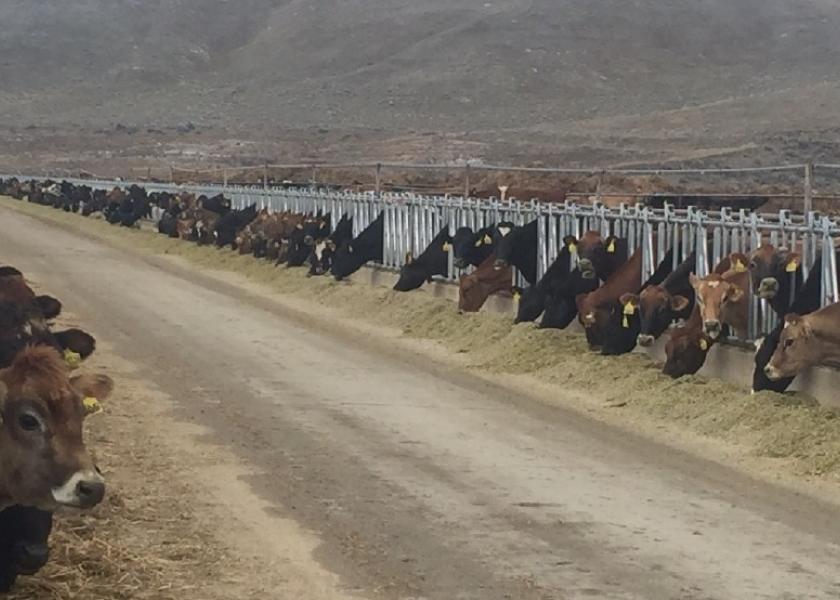Southern States Suffer Big Losses in July’s Milk Production Report

The July 2023 USDA Milk Production report spotlighted difficult conditions in the Southwest and California. The report showed a 0.6% decrease in year-over-year milk production with a total of 18.3 billion lbs. of milk. This was the first year-over-year decline since June 2022. Cow numbers also dropped by 13,000 year-over-year, down 3,000 head from last month.
Phil Plourd, president of Ever.Ag Insights, says that Texas and New Mexico output suffered. Miserable weather, especially in the Texas Panhandle, poor economic performance and the tragic explosion in April that killed 18,000 cows in the Lonestar state all played a part to the lower numbers.
California’s production dropped 194 million lbs., down 5.5% with 7,000 fewer cows. Texas and New Mexico both fell more than 50 million lbs. Texas was down by 60 million lbs., largely due to the massive barn fire this year. New Mexico fell 54 million lbs. on 17,000 fewer cows.
“California caught some hot weather and is also seeing low margins drag on cow numbers,” Plourd says. “In addition, we are keeping score against strong performance in July 2022 (+2.4%).”
On the positive side, New York added 50 million lbs. with 7,000 more cattle and Michigan jumped 41 million lbs. with 13,000 more cows. Other states that followed suit with positive gains were:
- Idaho (29 million lbs., +13,000 cows)
- South Dakota (27 million lbs., +14,000 cows)
- Wisconsin (25 million lbs., -3,000 cows).
“While producers in the Upper Midwest weren’t exactly thriving, the problematic financial situation there has been unfolding more slowly and July weather was actually pretty comfortable,” Plourd says. “The big question going forward is how much of July’s overall weakness was structural versus seasonal?”







